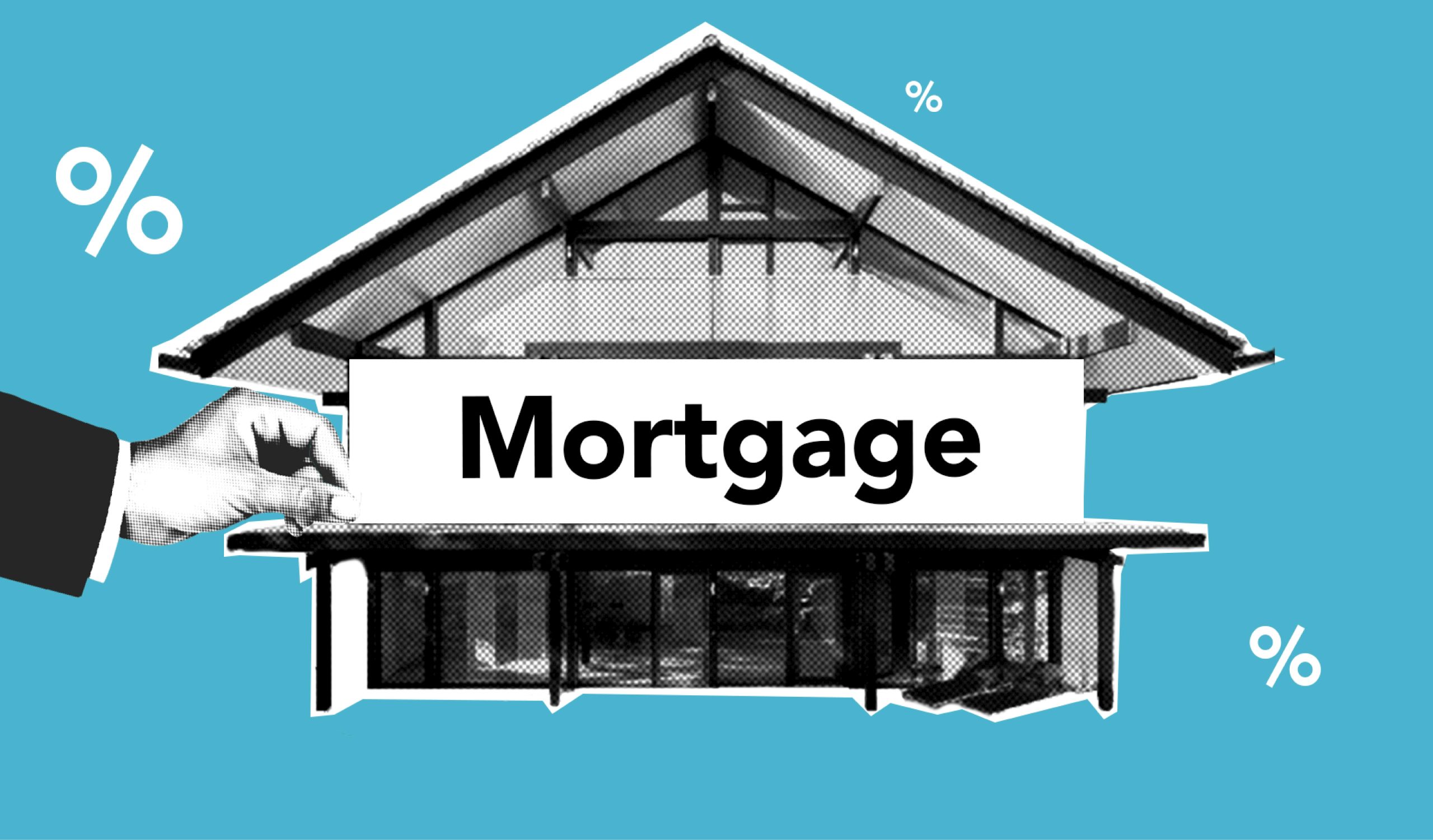If you’re a homeowner or planning to buy a house, understanding how interest rate hikes affect your mortgage payments is crucial. The Federal Reserve and other central banks adjust interest rates to control inflation and stabilize the economy, but these changes can have a direct impact on your monthly housing costs. Whether you have a fixed-rate mortgage, an adjustable-rate mortgage (ARM), or are considering refinancing, rising interest rates can alter your financial landscape. This guide breaks down how rate hikes influence mortgage payments and what you can do to prepare.
How Mortgage Interest Rates Work
Mortgage interest rates determine how much you’ll pay over the life of your loan. Lenders set these rates based on several factors, including:
- The Federal Reserve’s monetary policy: When the Fed raises the federal funds rate, borrowing costs for banks increase, often leading to higher mortgage rates.
- Economic conditions: Inflation, employment rates, and GDP growth influence interest rates.
- Your credit score: Borrowers with higher credit scores typically secure lower interest rates.
- Loan term and type: Fixed-rate mortgages lock in a rate, while ARMs fluctuate with market conditions.
When interest rates rise, new borrowers face higher monthly payments, and existing ARM holders may see their payments increase at the next adjustment period.
The Immediate Impact of Rate Hikes on Mortgage Payments
Higher interest rates directly affect mortgage payments in several ways:
For New Homebuyers
If you’re taking out a new mortgage, a rate hike means:
- Higher monthly payments: Even a 0.5% increase can add hundreds to your payment over a 30-year term.
- Reduced purchasing power: Lenders qualify borrowers based on debt-to-income ratios, so higher rates may lower the loan amount you can afford.
For Adjustable-Rate Mortgage (ARM) Holders
If you have an ARM, your rate adjusts periodically based on a benchmark index. When interest rates rise:
- Your payment increases: After the initial fixed period, your rate resets, often leading to a higher monthly payment.
- Payment shock risk: A sharp rate hike could make your mortgage significantly more expensive.
For Fixed-Rate Mortgage Holders
If you have a fixed-rate mortgage, your payment stays the same, but rising rates still affect you if you want to:
- Refinance: Higher rates mean fewer savings opportunities when refinancing.
- Move or take out a home equity loan: New loans will come with higher interest costs.
Long-Term Effects of Rising Interest Rates
Beyond immediate payment changes, interest rate hikes influence mortgages in the long run:
Higher Total Interest Costs
Even a small rate increase can add tens of thousands of dollars in interest over a 30-year mortgage. For example, on a $300,000 loan:
- At 3.5%, total interest paid: ~$184,000
- At 4.5%, total interest paid: ~$247,000
That’s a $63,000 difference just from a 1% rate hike.
Slower Home Price Growth
Higher mortgage rates can cool housing demand, leading to:
- Fewer buyers: Affordability declines as payments rise.
- Stagnant or declining prices: Sellers may need to lower prices to attract buyers.
Refinancing Becomes Less Attractive
When rates climb, fewer homeowners benefit from refinancing to lower payments or shorten loan terms.
How to Protect Yourself from Rising Interest Rates
While you can’t control rate hikes, you can take steps to minimize their impact:
Lock in a Fixed-Rate Mortgage
If you have an ARM, consider refinancing to a fixed-rate mortgage before rates rise further. This stabilizes your payment.
Make Extra Payments
Paying down principal faster reduces total interest paid and shortens your loan term.
Improve Your Credit Score
A higher credit score helps you secure the best possible rate when refinancing or applying for a new loan.
Consider a Shorter Loan Term
A 15-year mortgage typically has a lower rate than a 30-year loan, saving you money in the long run.
Shop Around for Lenders
Different lenders offer varying rates and fees—compare options to find the best deal.
Conclusion
Interest rate hikes have a direct and lasting impact on mortgage payments, whether you’re a new buyer, an ARM holder, or a fixed-rate borrower. Understanding these effects helps you make informed decisions about refinancing, buying, or managing your existing loan. By taking proactive steps—such as locking in a fixed rate, improving your credit, or making extra payments—you can mitigate the financial strain of rising rates. Stay informed, plan ahead, and consult a financial advisor if needed to navigate these changes effectively.
